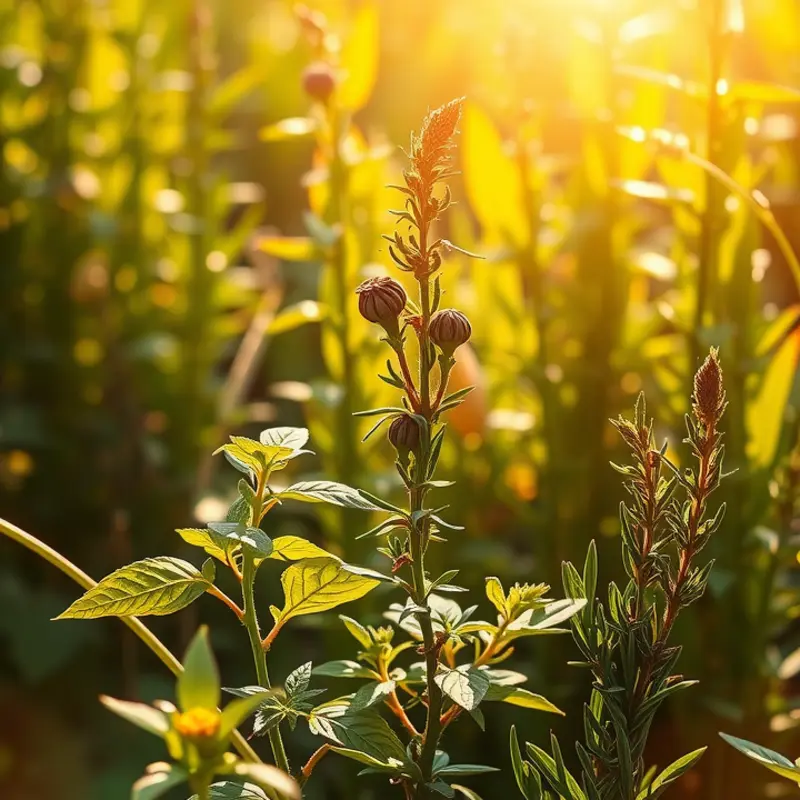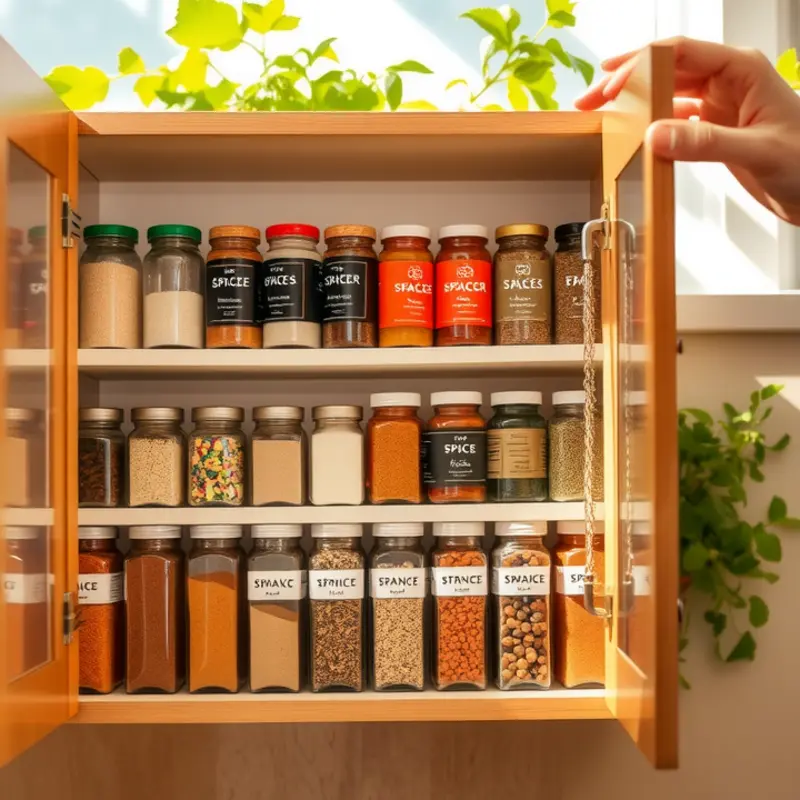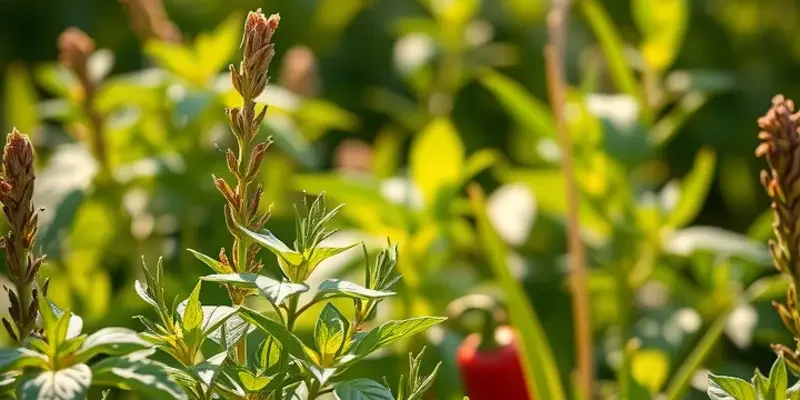Proper storage of spices is essential for maximizing flavor and minimizing waste. By implementing some straightforward techniques, you can ensure your spice collection stays fresh for longer. This guide offers practical advice for safely storing spices, preventing them from losing their potency, and ultimately improving your food management at home.
Understanding Spice Lifespans

Spices are a pivotal part of culinary art, bringing vibrancy and depth to our meals. However, each spice has a unique lifespan, influenced by its form and how it’s stored. To maximize the potency of your spice rack, understanding these differences is essential.
Dried Herbs: Typically, dried herbs such as oregano, basil, and thyme have a shorter lifespan compared to whole spices. On average, herbs remain fresh for about one to three years. They tend to lose flavor faster due to their delicate structure. To gauge if your dried herbs have surpassed their prime, crush a small amount in your palm and take a whiff. If the aroma is weak or stale, it’s time to replace them.
Seeds: Spices like cumin, coriander, and fennel seeds generally last longer, holding their potency for three to four years. The oils inside seeds, which are responsible for flavor, degrade at a slower rate than in ground forms. To test the freshness of seeds, toast a few in a dry pan. If they fail to release a strong, distinct smell, freshness has likely diminished.
Ground Spices: Ground versions of spices such as paprika, cinnamon, and turmeric, while convenient, lose their punch more rapidly—typically within one to two years. Their greater surface area exposes more of the spice to air and moisture, accelerating degradation. Visual and olfactory cues are crucial here. If the color appears faded and the scent is lackluster, freshness is compromised.
Best Practices for Storage: Regardless of the type, proper storage extends the life of any spice. Keep spices in airtight containers, stored away from heat and direct sunlight. A cool, dark place, like a pantry or drawer, is ideal. Moisture and light are fundamental enemies of spice longevity.
Smart Purchasing Tips: To minimize waste, buy spices in smaller quantities or as needed. Whole spices are often a better investment, as their flavors endure longer. Consider purchasing from bulk bins if available, allowing for precise amounts tailored to your cooking frequency.
For those interested in reducing kitchen waste, explore low-waste cooking and prep strategies to streamline spice management alongside other perishable ingredients.
Incorporating these practices not only preserves the flavor and aroma of your spices but also enhances your overall cooking experience by ensuring you always have fresh, potent ingredients at hand.
Optimal Spice Storage Techniques

To truly unlock the potential of your spices, optimal storage is key. Freshness can be greatly extended by minimizing exposure to moisture, light, and heat. Essential in this endeavor are airtight containers. They form a reliable barrier against environmental factors, ensuring flavors remain robust.
Glass jars with tight seals or food-safe metal tins are excellent choices. These materials do not impart any unwanted flavors and are not permeable to air. Always avoid containers made of plastics that stain or retain odors, as these can alter the purity of your spices.
Where you store your spices also plays a profound role. Aim for a cool, dark place away from your oven or stove. Spices prefer stable conditions without wild fluctuations in temperature. A cupboard away from kitchen heat sources is ideal, thus maintaining the delicate balance necessary for their preservation.
Moreover, organization impacts not only accessibility but also the longevity of spices. Use labels with expiration dates clearly marked, and consider arranging by categories such as herbs, seeds, and powder. Regularly assessing your spice collection helps prevent older spices from getting buried and forgotten.
Practicing thoughtful storage extends beyond the basics to considering the environment. Buying spices in smaller quantities ensures they are used while still fresh, avoiding waste. This aligns with sustainable practices discussed in eco-smart kitchen storage strategies, promoting efficiency and reduced environmental impact.
Finally, note the intrinsic differences in spice stability. Whole spices retain potency longer than their ground counterparts. Grinding fresh can release a depth of flavor that pre-ground versions simply cannot match. Keep electric or manual grinders handy to maximize the impact of whole spices.
By focusing on proper containers, choosing the right storage locations, and ensuring careful organization, you can maximize your spices’ freshness. This ultimately enriches your culinary creations and enhances the flavors in every dish you prepare.
Final words
Keeping spices fresh requires attention to their specific needs and conditions. Understanding the lifespan of your spices and employing the right storage practices can lead to a more flavorful cooking experience while reducing waste. By selecting quality spices, opting for the right storage containers, and remaining mindful of their environment, you can ensure that your culinary creations are always bursting with flavor.







